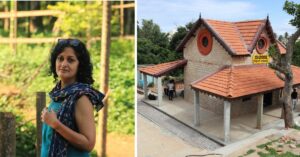Banker Quits Hong Kong Job to Chase Diving Dream & to Increase Goa’s Coral Cover
Venkatesh Charloo came back to India from Hong Kong, and founded Coastal Impact, a project to transplant coral fragments and save them. This is how he is saving Goa’s coral reefs.
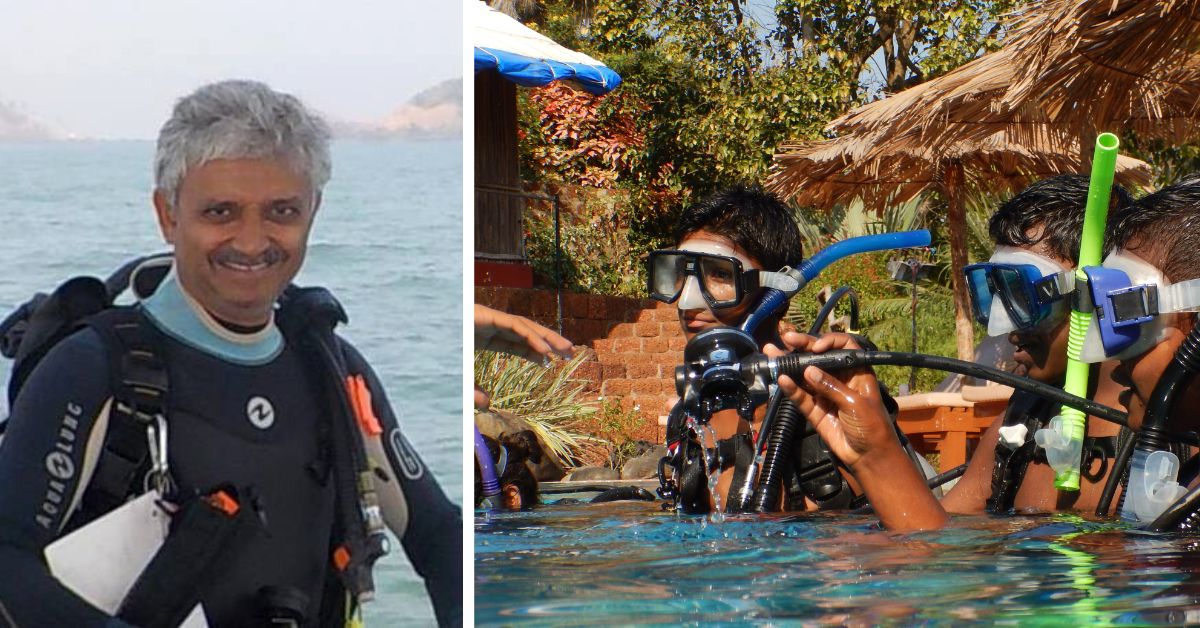
It was the year 2007. Venkatesh Charloo, originally from Bengaluru, was walking along a beach in Goa when his gaze fell upon an angel fish caught in a ghost net. He spent the next several minutes untangling the net in an attempt to free the fish. To his astonishment, once the animal was released, it rubbed itself against its saviour’s hand as if saying ‘thank you!’.
That was the moment of change for Venkatesh. He realised his purpose here was something bigger.
“It dawned on me that there are so many marine beings dying around us and there’s very little we are doing to save them,” he says to The Better India.
But the journey that led him to this point goes back 11 years when he was working as a banker in Hong Kong.
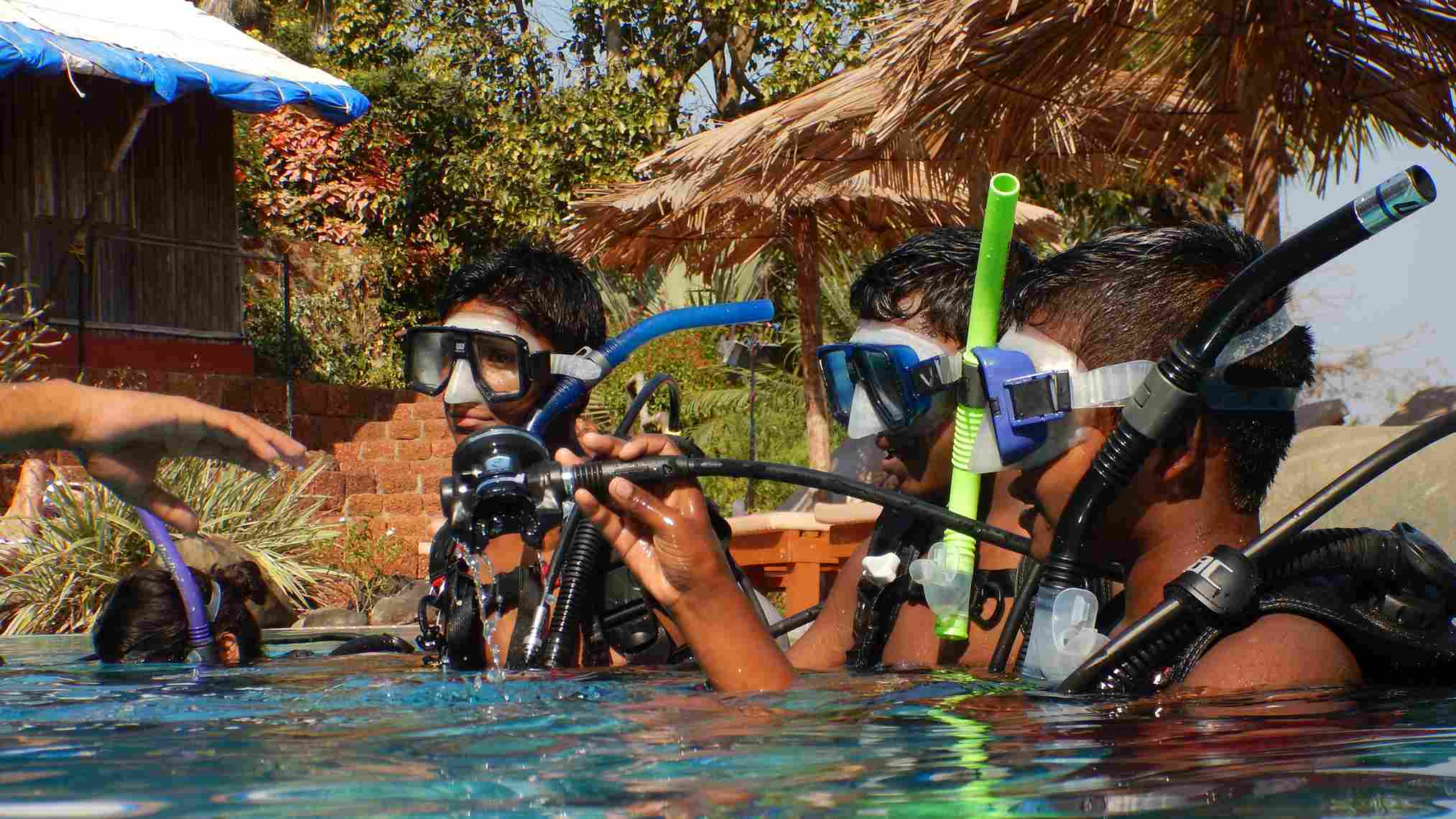
He finally returned to India in 1995 with a dream in mind. “I wanted to be a diving instructor,” he says, adding that he joined the Barracuda Diving centre once he was back.
In 1998, Venkatesh, who had big dreams for the centre took it over from the existing partners and saw to the registration of the company with the Labour Department. He says that the centre has trained more than 2,000 internationally-certified divers to date.
It was during his days at the diving centre that the angel fish rescuing episode happened. And this propelled Venkatesh’s thoughts in the direction of marine conservation.
“I felt the knowledge of the ocean was little among people. I wanted to be the change, or make room for it,” he says. But the intent was all that had taken shape in his mind. Work at the diving centre kept Venkatesh on his toes and there was little space for anything else.
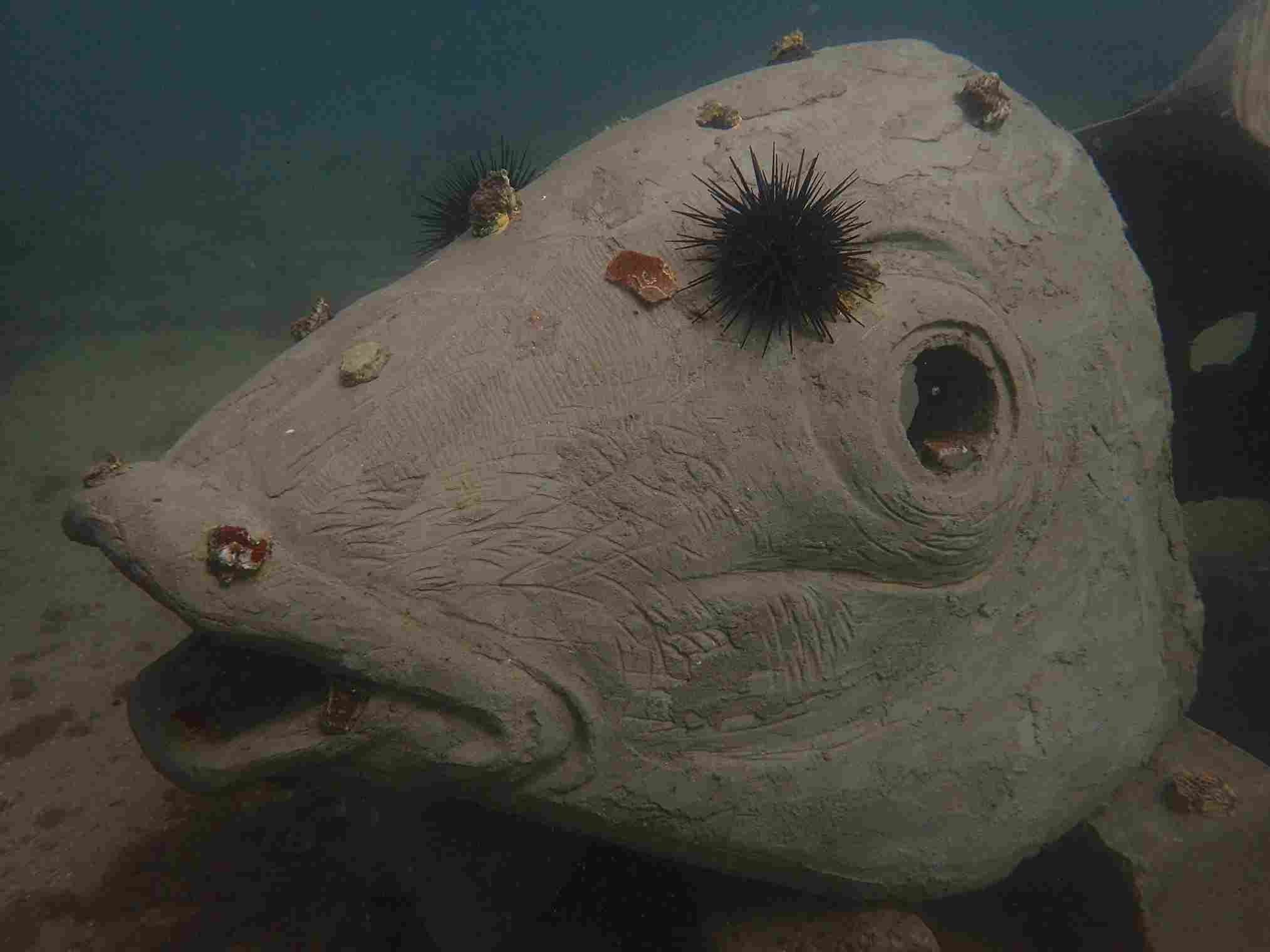
‘The ocean needs us.’
The oncoming monsoon season in 2009 brought with it heavy downpours and the chance for Venkatesh to explore his interest in other avenues since the diving centre was shut for the time being. This is when the ex-banker decided it was time to ‘dive’ into the area of conserving the ocean.
“I began doing presentations in colleges and schools wherein I would educate people about the state of the oceans and provide them information. It was well received. People wanted to know more,” he says.
Along with this, he’d also use his diving expertise to conduct surveys for scientists who were into marine research.
“These surveys would involve laying down a 20-metre tape in the ocean and then swimming around the area to check the biodiversity on all sides of the tape. I would document the number of sponges, rocks, fish, conduct censuses, etc and relay this data back to the scientists.”
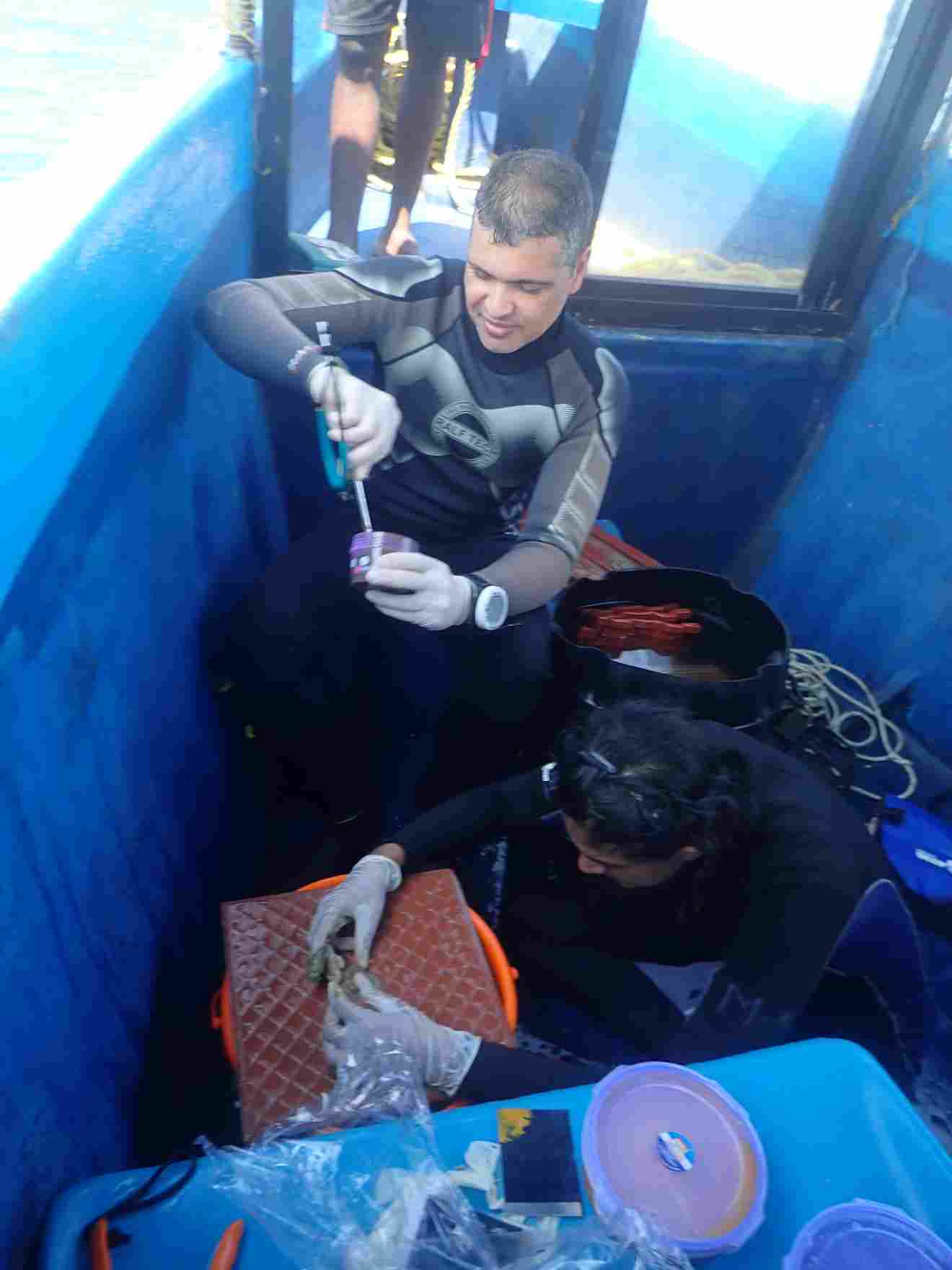
All of these things, shaped his understanding of the deep blue sea and the devastation that human and climate activity is causing.
So in 2009, Venkatesh felt prepared to start a project that he had long since been passionate about and founded Coastal Impact, to protect the ocean and its species.
Protecting the reefs of Goa, one coral at a time
Started in July 2009, Venkatesh says the main objective of the NGO is to increase the coral cover in Goa. This, he says, is done by transplanting the coral fragments to relatively sheltered nurseries and once the corals mature, the plan is to outplant them onto the reefs, where they will become one with nature.
The process is long, he adds and takes around five years, as the growth period of the corals is a lengthy process.
Elaborating on the marine operation, Venkatesh says they first conduct a pre-survey of the site. “This helps us gauge the condition of corals. We then narrow down on the species we want to transplant.”
Some pointers to bear in mind, he says is that the fragments shouldn’t be placed on the same level as the ocean floor as sediment will settle on them and they will die.
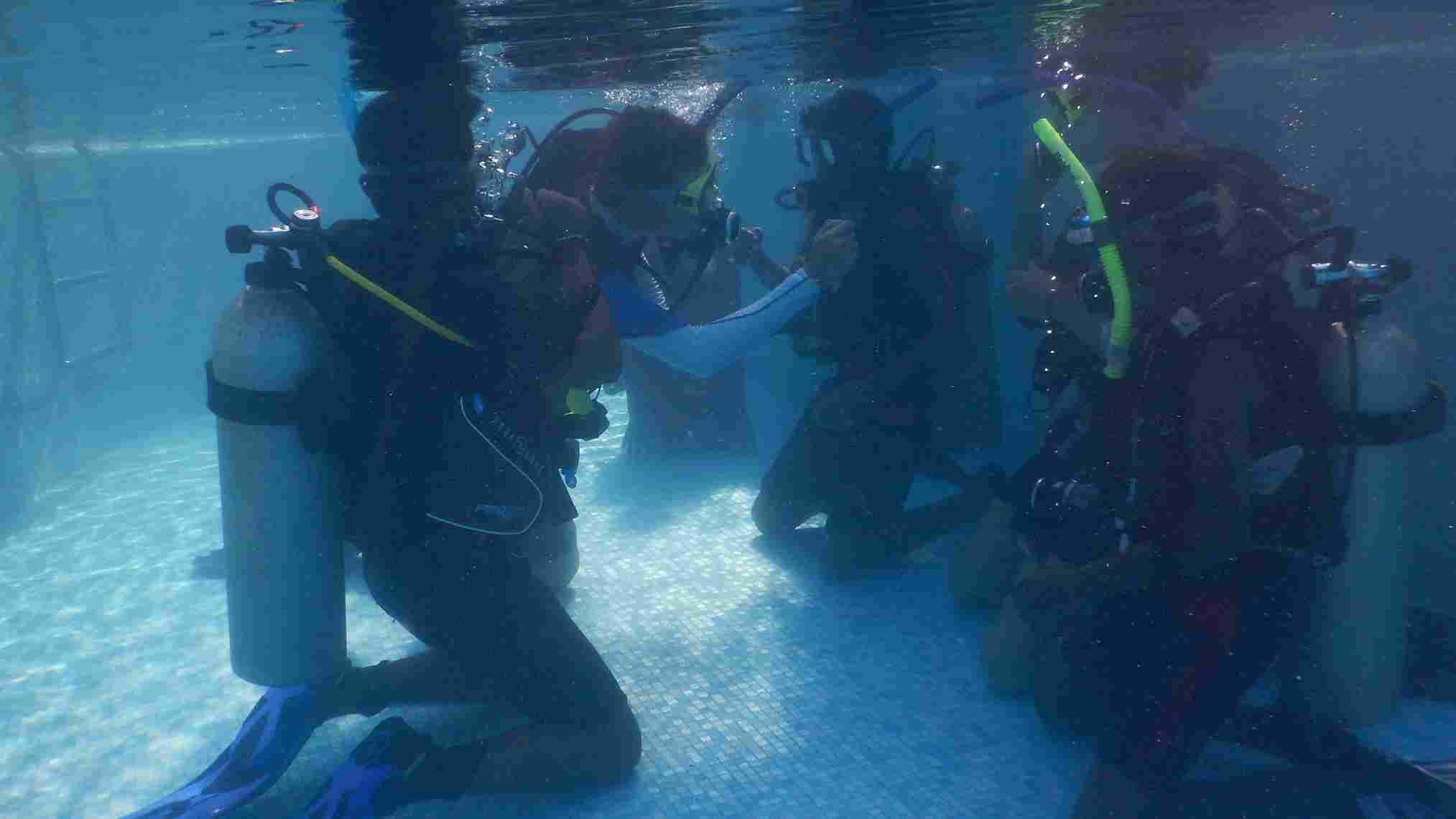
“We made metal tables that stood two feet from the ground. Measuring six feet in length and two feet in width these tables were lined with ceramic tiles with holes drilled at the corners. We put 12 tiles on each table.”
Once the setup is ready, the next step is to fill the tiles up with coral fragments collected from the ocean. Venkatesh says Grand Island in Goa is one such place where there is an abundance of these, as when boat anchors hit the reefs, many corals break off but are still alive.
“We collect these fragments and put them into mesh bags which we then bring to the transplantation site. The corals are then cut in pieces of 2 cm underwater and stuck onto the bottom of the ceramic tiles with special glue.”
Everything has to be under minimal time to prevent the corals from dying and the entire process from cutting the corals to sticking them on the tiles should take no more than six minutes.
Forty-eight fragments lay on each table and the frames of the table are tied to the surrounding rocks. This is crucial.
“Last monsoon, a table upturned due to the force of the waves and thus the coral fragments did not receive sunlight or nutrients and when we found them they were completely bleached,” says Venkatesh.
Once all of this is done, then what?
“We wait.”

The corals take around five years to grow and once they do, Venkatesh and his team will collect the grown organisms and take them to certain reefs where they can multiply.
“Our aim during the outplanting is to see to it that we have different varieties of corals, as this ensures genetic diversity,” says Venkatesh, adding that if the same variety is present, only asexual reproduction will occur.
But why is this a bad thing?
“Because corals that are produced due to sexual reproduction, in contrast to asexual, are more resilient to the water’s changes and climate change and rising ocean temperatures,” he explains
The pilot project saw 192 coral fragments growing underwater.
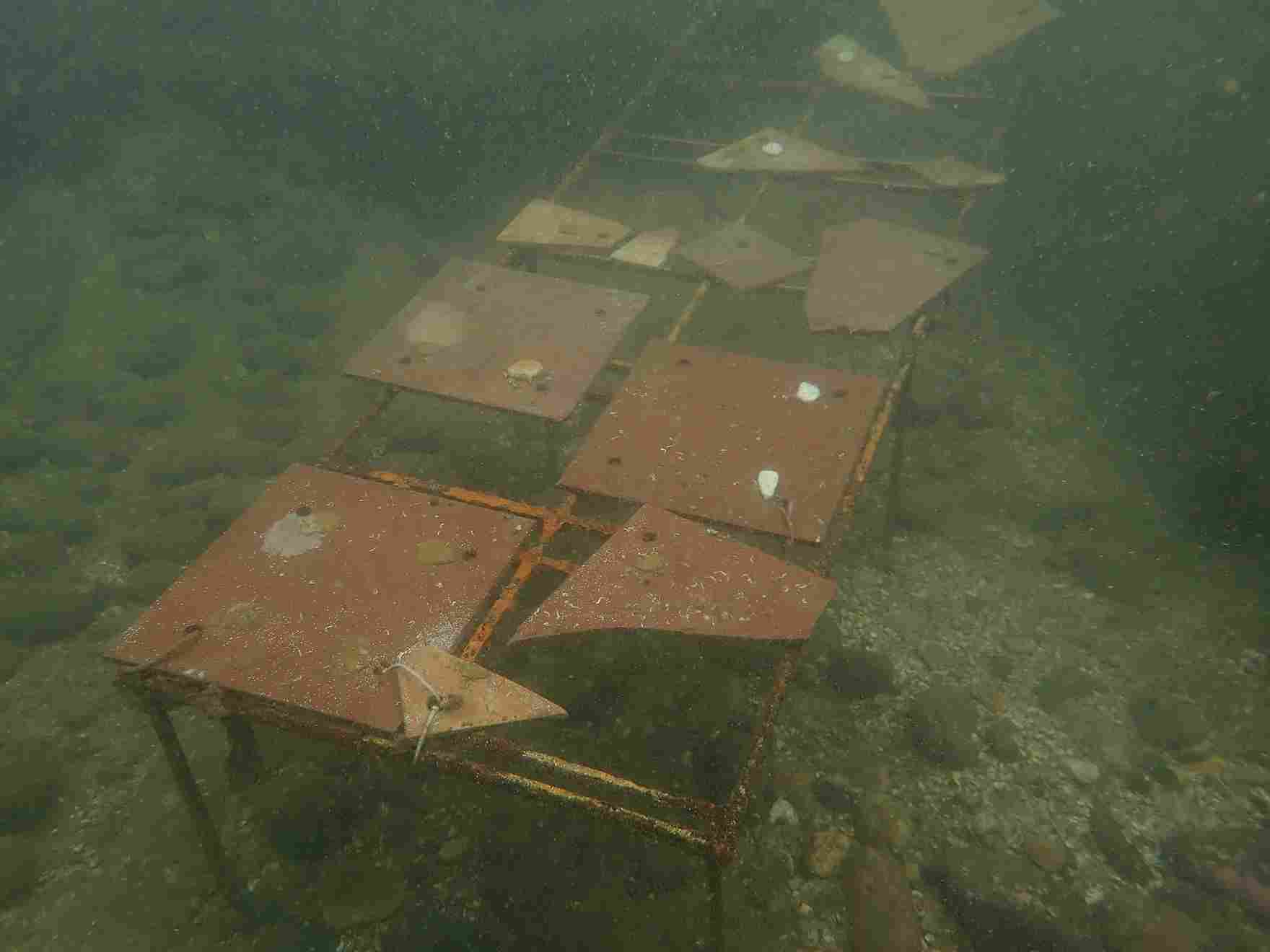
Adopt a coral and name it!
But fascinating as it sounds, the work isn’t easy. Lack of funds deterred progress.
Funds are essential to take care of the corals, clean the tables of the algae that grows on them, replace dead fragments with viable ones, etc. So Venkatesh came up with a solution.
“We started putting coral fragments up for adoption. Anyone interested in adopting a fragment can come forward, pay up and their fragment is taken care of for a year. The person can even name the fragment, click pictures with it and get a certificate at the end of it.”
A total of 96 fragments were adopted. He is hopeful that more will soon be adopted and that slowly funding will come in, which will allow them to carry out the outplantation to a greater degree and on a large scale.
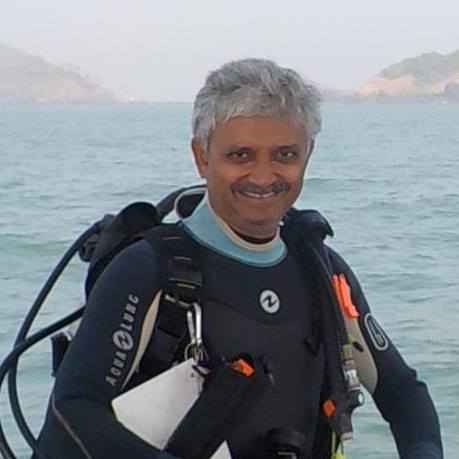
Transplanting corals is an extensive process, he says adding that it also involves a lot of research. “Every month we dive and measure the length and breadth of every coral. We also search for areas where corals are degraded; thus, new corals have a better chance to grow. The aim is to save and sustain the reef.”
Along with this, Venkatesh says funding would also enable them to start a comprehensive underwater biodiversity survey on the islands of Goa. “The ultimate goal of this would be to protect marine life in these areas using the latest technology such as Photogrammetry, Laser Grammetry, Underwater videos and cameras, 3D printing, etc.”
As for the future, Venkatesh says they are on the way to introducing their citizen science initiative called ‘Marine Monitors’. This will use the services of certified divers to document marine life and add the same to a global database so that scientists can study a global picture of the coral reefs as well as monitor the health of the oceans.
While the future does seem exciting, Venkatesh says it is the present that counts.
“Unfortunately out of sight is indeed out of mind as far as the marine life is concerned,” he says adding that most people do not even think about what’s happening in the oceans and how it will affect each one of us.
“We need to step up, and do it right now.”
Edited by Yoshita Rao
This story made me
- 97
- 121
- 89
- 167
Tell Us More
We bring stories straight from the heart of India, to inspire millions and create a wave of impact. Our positive movement is growing bigger everyday, and we would love for you to join it.
Please contribute whatever you can, every little penny helps our team in bringing you more stories that support dreams and spread hope.






